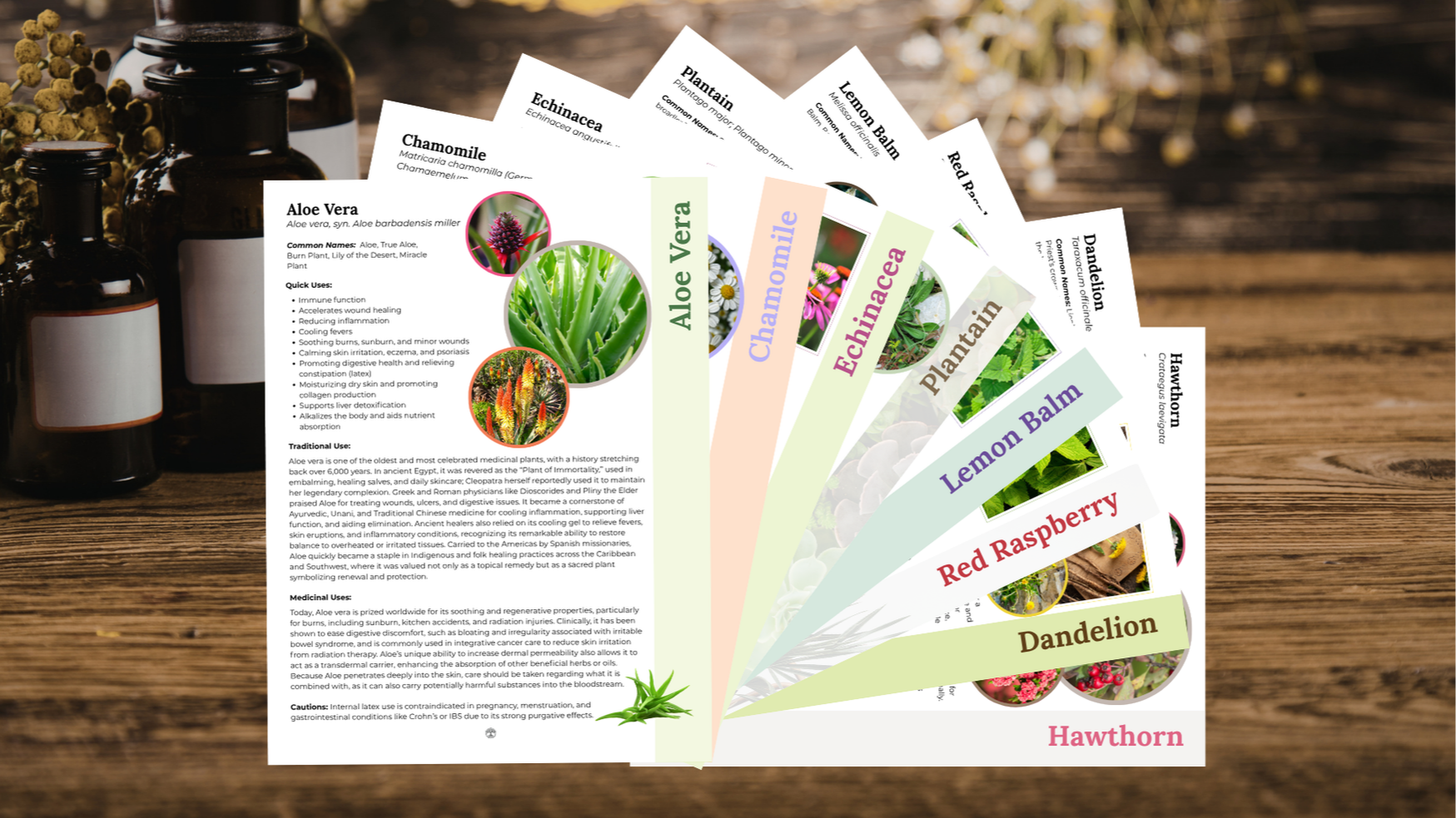
Quick-Draw Plantain
Mar 26, 2024White Man's Foot
I love my large yard! I spend hours tending my garden in the spring and summer. To my eyes it is a wonder of growth designed in the “natural style” (I let almost anything grow that wants to grow). There are many herbs I planted myself and others that just come voluntarily. One of the most plentiful herbs growing in my yard is plantain. It grows in the grass, it grows in the flower beds, it even grows between the rocks on my rocky hill, it grows everywhere. Historically, Native Americans called this plant “White Man’s Foot”, because wherever the white man walked, this plant seemed to follow. I have come to love this proliferate plant.
Wasps
One year we had an infestation of wasps in the yard and around the house. They were everywhere and sometimes even got into the house if the door was left open too long. One day my son and daughter-in-law came for a visit. While walking to the front door my daughter-in-law received a wasp sting. She did not consider herself to be allergic to wasps, but when this happened previously the sting left a welt that lasted for days. I sat her down and ran out to the yard and picked a couple of the plentiful plantain leaves growing in my flowerbeds. As I snipped these leaves into small pieces they became somewhat moist. I squished them together and placed the mash onto the wasp sting then wrapped a band-aid over to hold it in place. About 10 minutes later my daughter-in-law told me her sting no longer hurt. When we removed the green mush there was no evidence she had been stung.
Emergency Herb
Plantain came in handy on another occasion when I was scheduled to make a presentation on emergency herbs. The day of the presentation I was outside checking a gate in the pasture. As I secured the gate I could see a wasp flying towards me. Before I knew what was happening I was stung on my face. The sting was just below my eye in the soft tissue. It was painful and I could immediately feel my eye beginning to swell. Again, I ran to the yard where I knew plantain was growing. I quickly pulled a handful of the green leaves, tore a few up, and placed them over my eye. I held them in place and ran inside the house where I cut the leaves into small pieces. I took out my mortar and pestle, squished them into a paste, and reapplied the mush to my eye. I was so worried what I was going to look like for my herb presentation that night. How unfortunate it would be if my eye was swollen shut. I needed to show that herbs really worked! I replaced the mush every 15 minutes for about an hour. Amazingly, I attended the presentation that evening and there was no evidence of the wasp sting. My eye still felt a bit tender, but it was not swollen.
Just what the Doctor Ordered
Dr. Christopher taught that the main action of plantain is drawing. It draws out the venom of insect bites and draws out debris from wounds. Plantain also contains properties that clear up infections, heal wounds and relieve pain. Dr. Christopher used plantain fresh, directly on wounds, internally as an infusion, and preserved in ointment.
There are 2 different common kinds of plantain: Broad leaf and long narrow leaf.
Plantago major has large leaves that fan out in a rosette close to the ground. The leaf is ovate, and the back of the leaf is ribbed with parallel veins. The seed stalks are tall and slender located in the center of the leaf rosette.
Plantago minor has green, narrow, long leaves that grow slightly upward. The backside of these narrow leaves contain parallel ribs. In the center of the leaf bunch a large number of seed stalks grow, similar to the broad leaf plantain.
The leaves from plantain can be harvest at any time during the growing season. Although best fresh, I do freeze some leaves to use in the winter when fresh leaves cannot be found. When identifying either kind of plantain, if the plant does not have seed stalks do not use it. The seed stalks, especially in the narrow leaf plantain, is key to identification. Plantago minor looks similar to other plants that are toxic. Please don't use plantain without confidently identifying it.
Next time you notice plantain growing in your garden, rather than grumble that its growing everywhere in your yard, smile and be grateful you have been blessed with this valuable plant.
Kelly Summers, is a Master Herbalist & Natural Healing Guide®. She knows that knowledge is empowering and deeply desires to share the insights she has learned through her continued journey of learning.
References
Adom, M. B., Taher, M., Mutalabisin, M. F., Amri, M. S., Kudos, M. B. A., Sulaiman, M. W. A. W., ... & Susanti, D. (2017). Chemical constituents and medical benefits of Plantago major. Biomedicine & pharmacotherapy, 96, 348-360.
Christopher, John R. Herb Syllabus: Master Herbalist Guide. (Christopher Publications, UT: 2010).
Nazarizadeh, A., Mikaili, P., Moloudizargari, M., Aghajanshakeri, S., & Javaherypour, S. (2013). Therapeutic uses and pharmacological properties of Plantago major L. and its active constituents. J Basic Appl Sci Res, 3(9), 212-221.
Samuelsen, A. B. (2000). The traditional uses, chemical constituents and biological activities of Plantago major L. A review. Journal of ethnopharmacology, 71(1-2), 1-21.
Türel, I., Özbek, H., Erten, R., Öner, A. C., Cengiz, N., & Yilmaz, O. (2009). Hepatoprotective and anti-inflammatory activities of Plantago major L. Indian journal of pharmacology, 41(3), 120-124.



